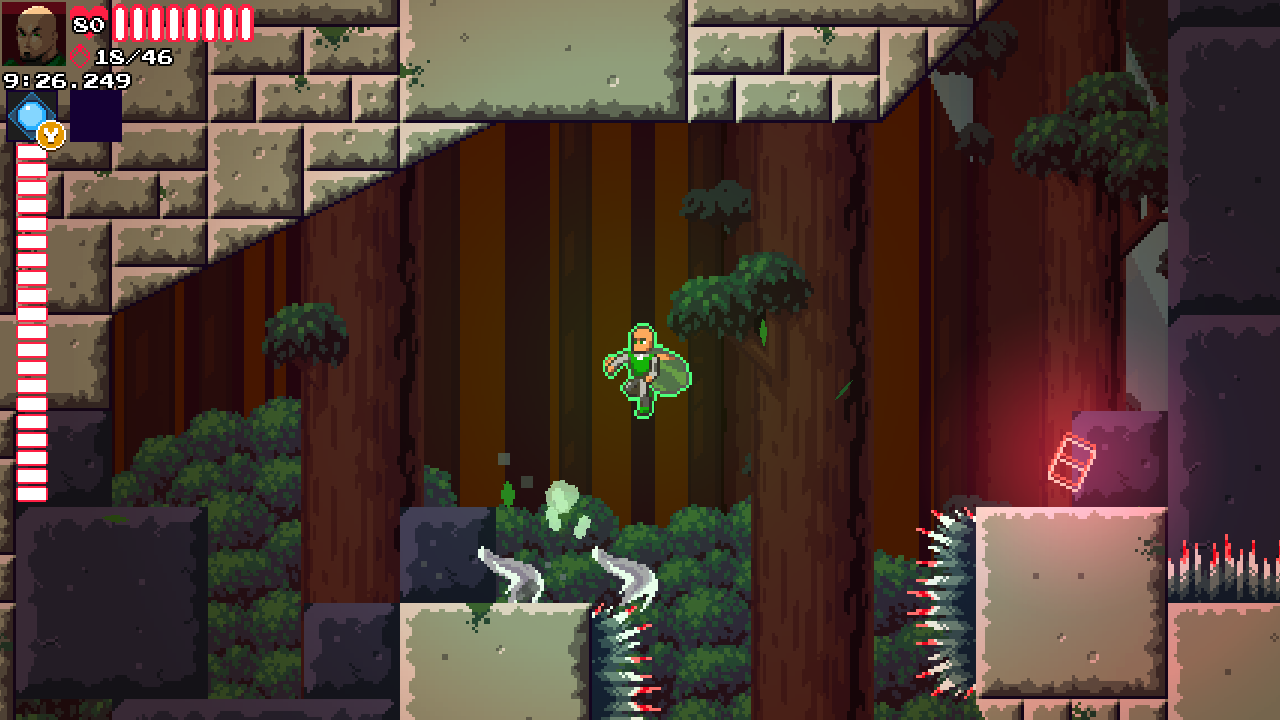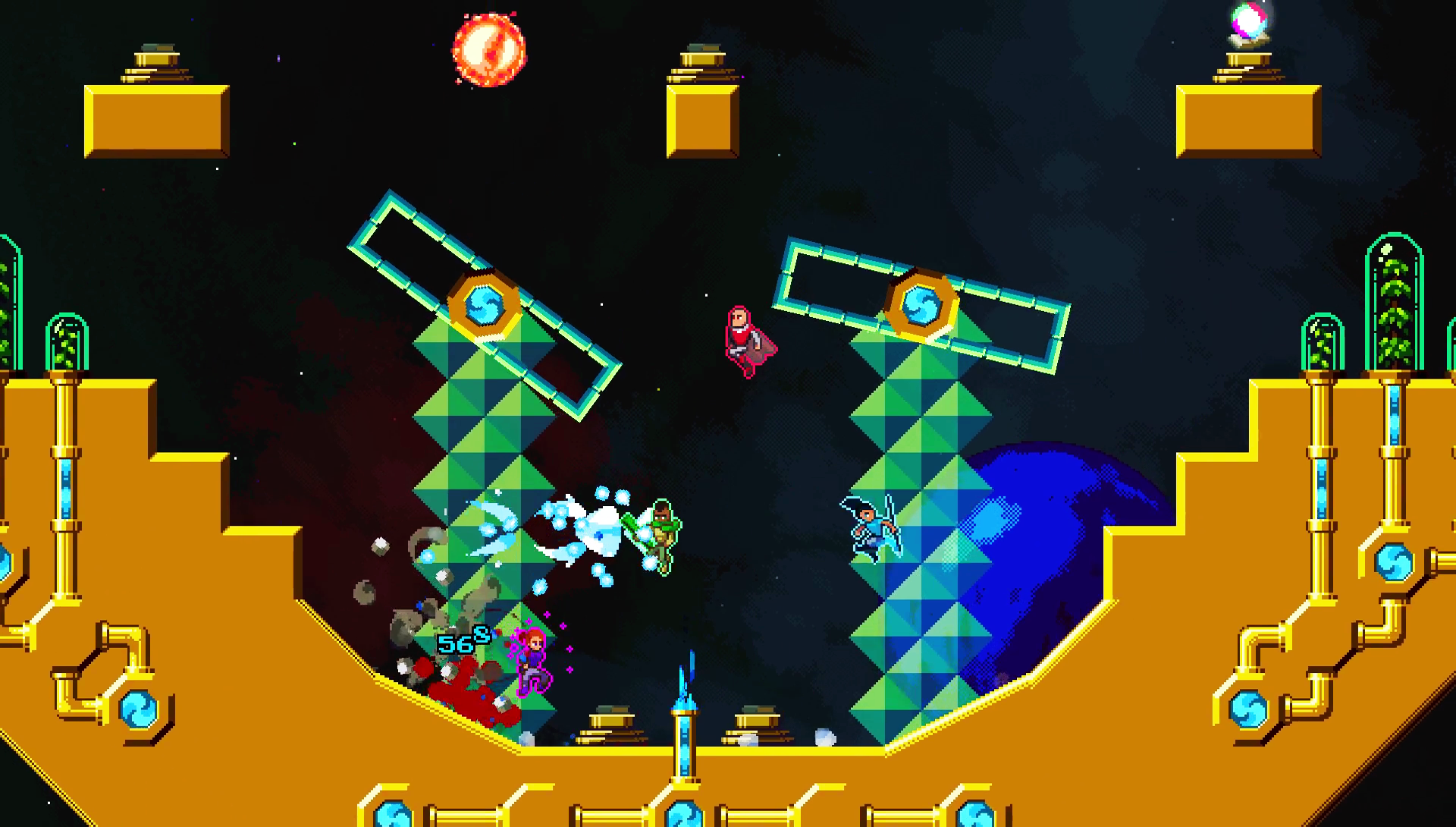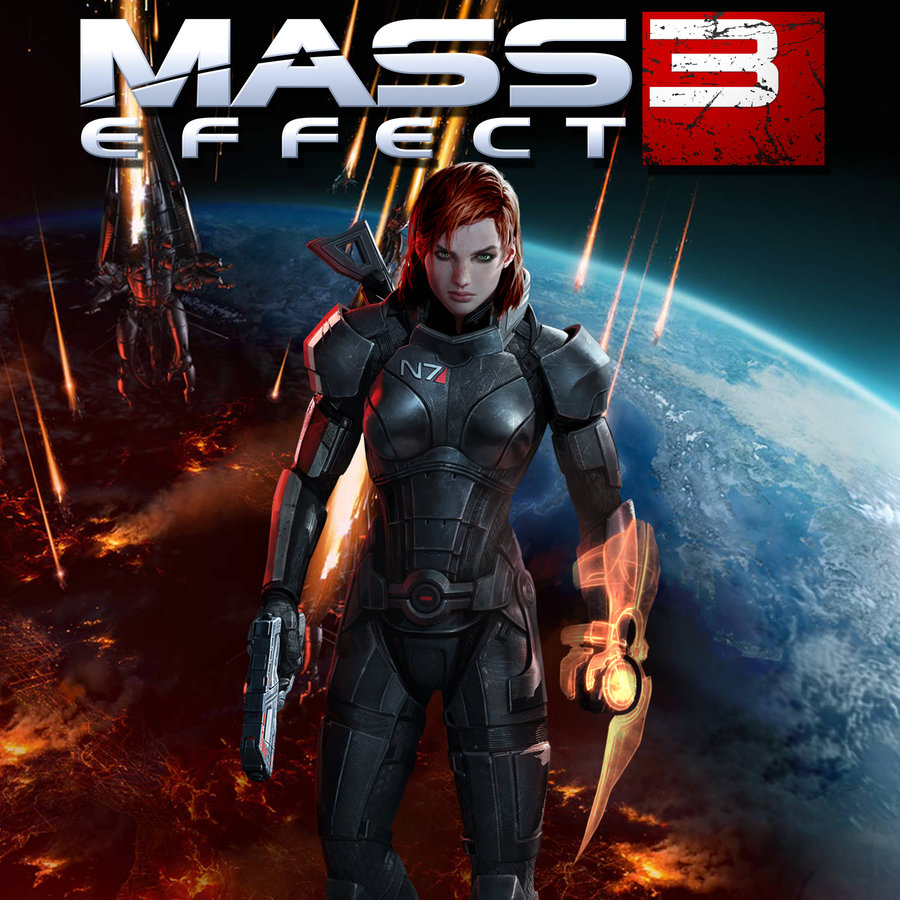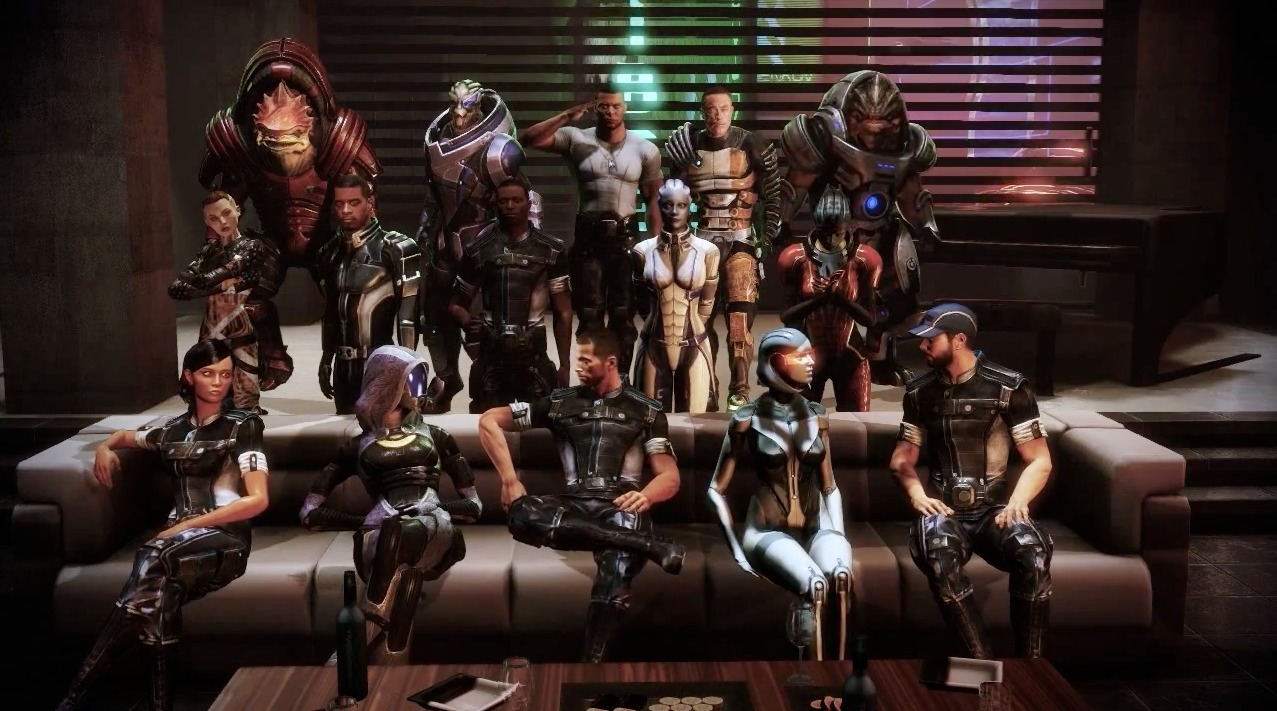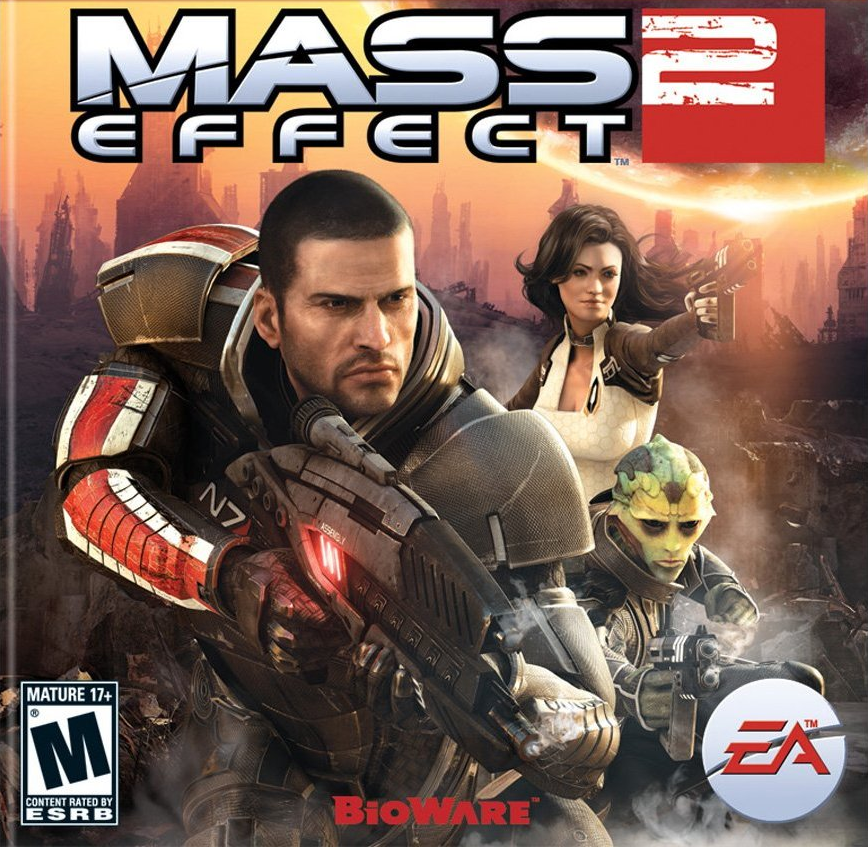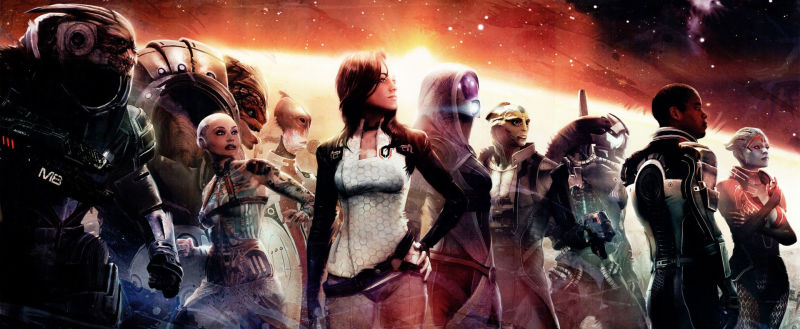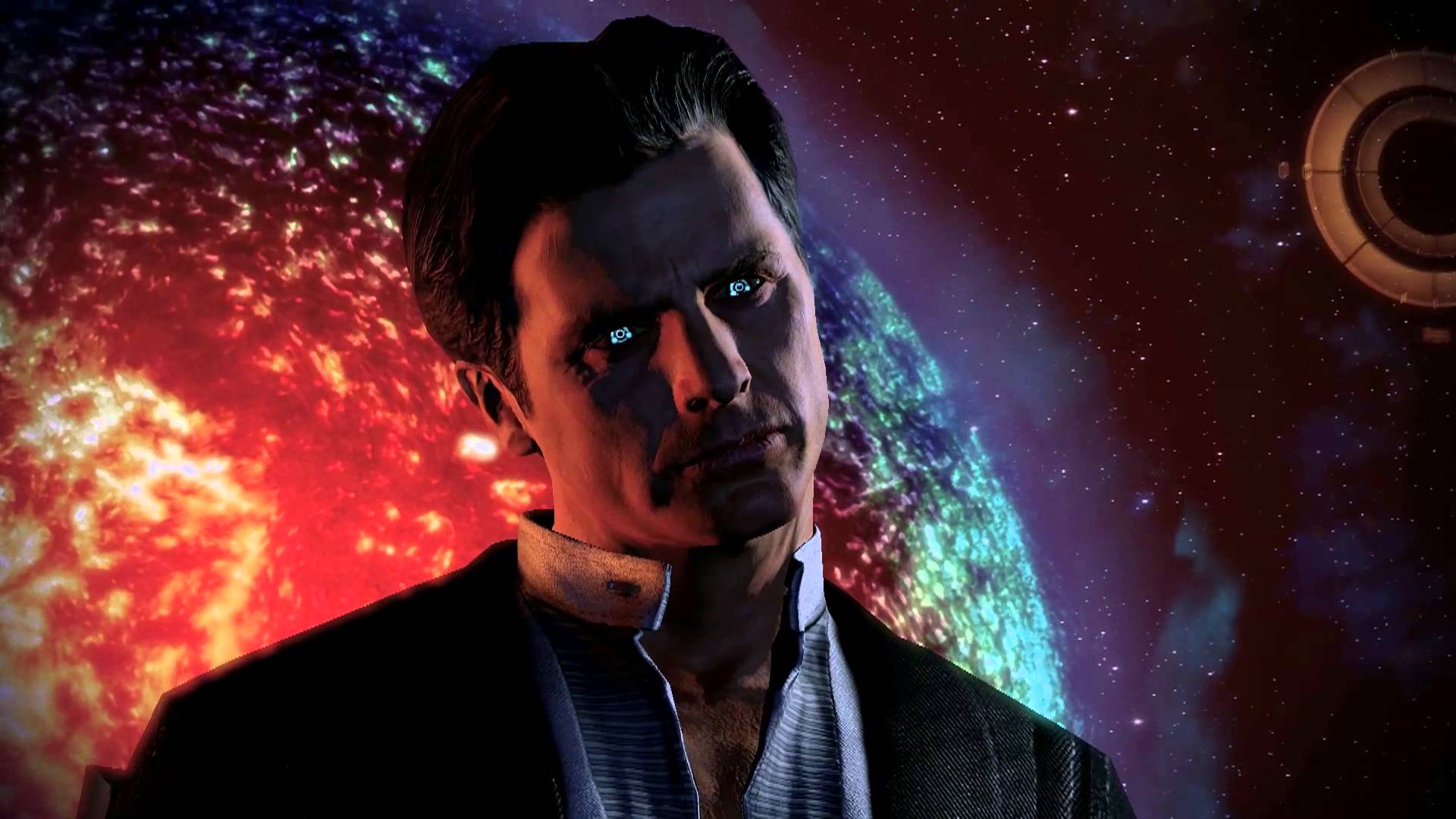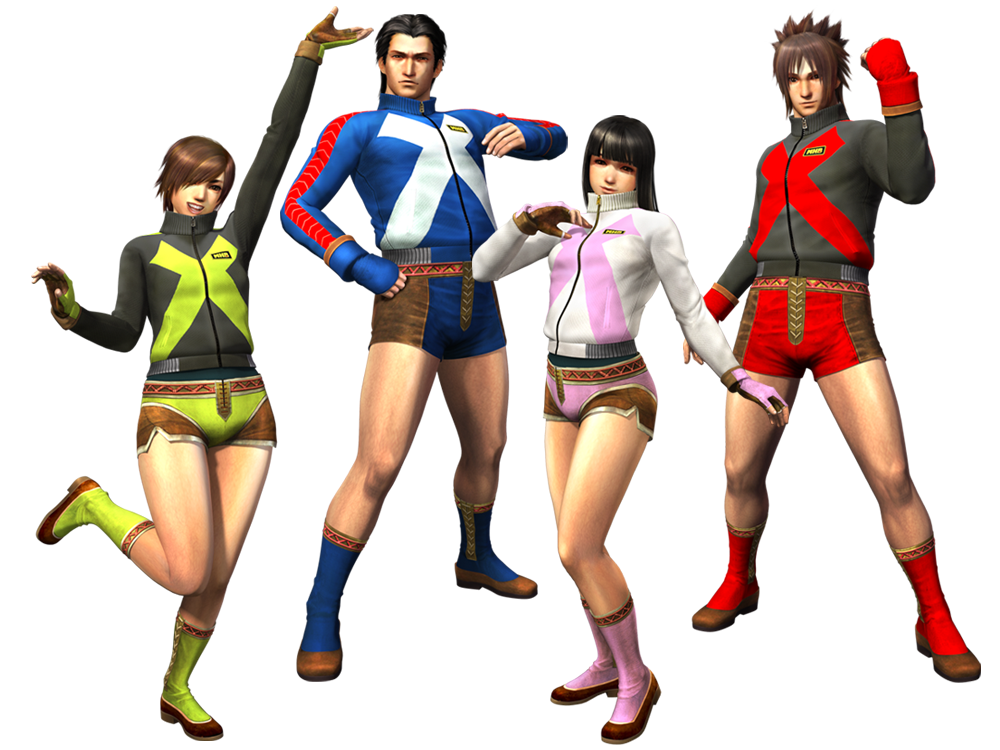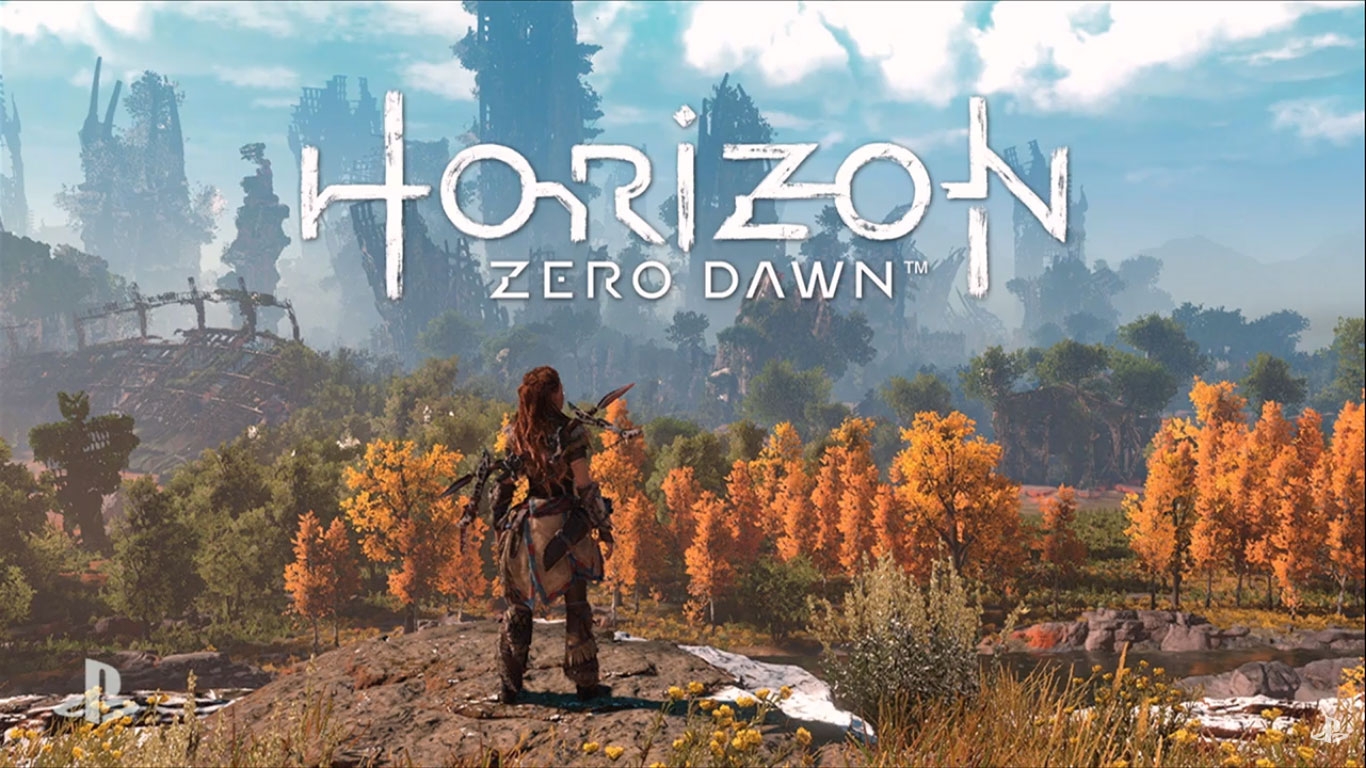
Leaving my job after nearly a decade was difficult and bittersweet. I was sad to leave my “home away from home,” but the hardest part was saying goodbye to my crew and my favorite customers. The uncertainty of where I might end up for my next job was nerve wracking, but after lifting that heavy weight off of my shoulders, it was time to enjoy the next few weeks of freedom. I felt like a kid again.
I could stay up as late as I wanted and I didn’t have to worry about adult responsibilities anymore, especially waking up at 4:30 in the morning to prep the coffee shop for the day. I could have enjoyed unemployment by reading a book with a glass of scotch in hand, but as I apprehensively anticipated my first trip out of the country with my girlfriend, Horizon Zero Dawn became the vacation that took me by the balls, drowned me in it’s world, and completely cut me off from any kind of social interaction with my friends, my family, even my girlfriend. To make a long story short, it took over my life.
Before my exotic vacation to the Dominican Republic, my excursion into the world of Horizon Zero Dawn was an incredible precursor. As soon as I pushed the X button, I was thrust into a heartfelt and beautiful introduction to Horizon’s story. Rost, shunned by the Nora, carries Aloy to the one Matriarch brave enough to defy the rules and bless her as a child of the Nora tribe, finally speaking her name — think Simba of the Lion King — causing a lot of controversy within the inner circles. After years of training and receiving the cold shoulder from her peers, she was given a chance to become a part of the Nora again, if she finished first in the Proving; a right of passage for every young hunter in the Nora region. Before the last stage of the Proving, Aloy and her fellow contenders are ambushed by a cultist group and killed on site. The sole survivor Aloy, wakes up in the care of the Matriarch that blessed her, Teersa. She gives her the task of discovering the truth behind the attack and investigate what happened to the retaliation party by traveling to Carja lands as a Seeker, allowing her exclusive access to areas others cannot without the proper rank.
Aloy’s quest quickly became an experience that, not only could I not put down, but one that I could not escape from — it’s all I could think about. I instantaneously became so enthralled and invested in every aspect of this beautifully crafted and rendered world.
It’s overgrown and lush landscapes were captivating, yet alive with a plethora of clues scattered about its various decaying remnants of buildings and landmarks of an ancient Metal World. I explored every accessible area, including places I probably shouldn’t have been able to reach, thanks to Aloy’s impressive leaping ability that would make any triathlete green with envy.
Outside of completing story missions, side quests or errands, the game never forced me to go anywhere I didn’t want to, despite my dedication to see everything. Outside of these missions, I had no problem exploring the terrain to find every Metal Flower, Banuk Figurine, Ancient Vessel, and the various Vantage Points that were generously scattered throughout Horizon’s massive world.
Exploring the five Cauldrons — where the machines are built — was a rewarding experience, borrowing the aesthetic looks of Alien and The Matrix, and combining them into a fun and interesting dungeon crawl that ended with a claustrophobic showdown with bigger, more intimidating machines.
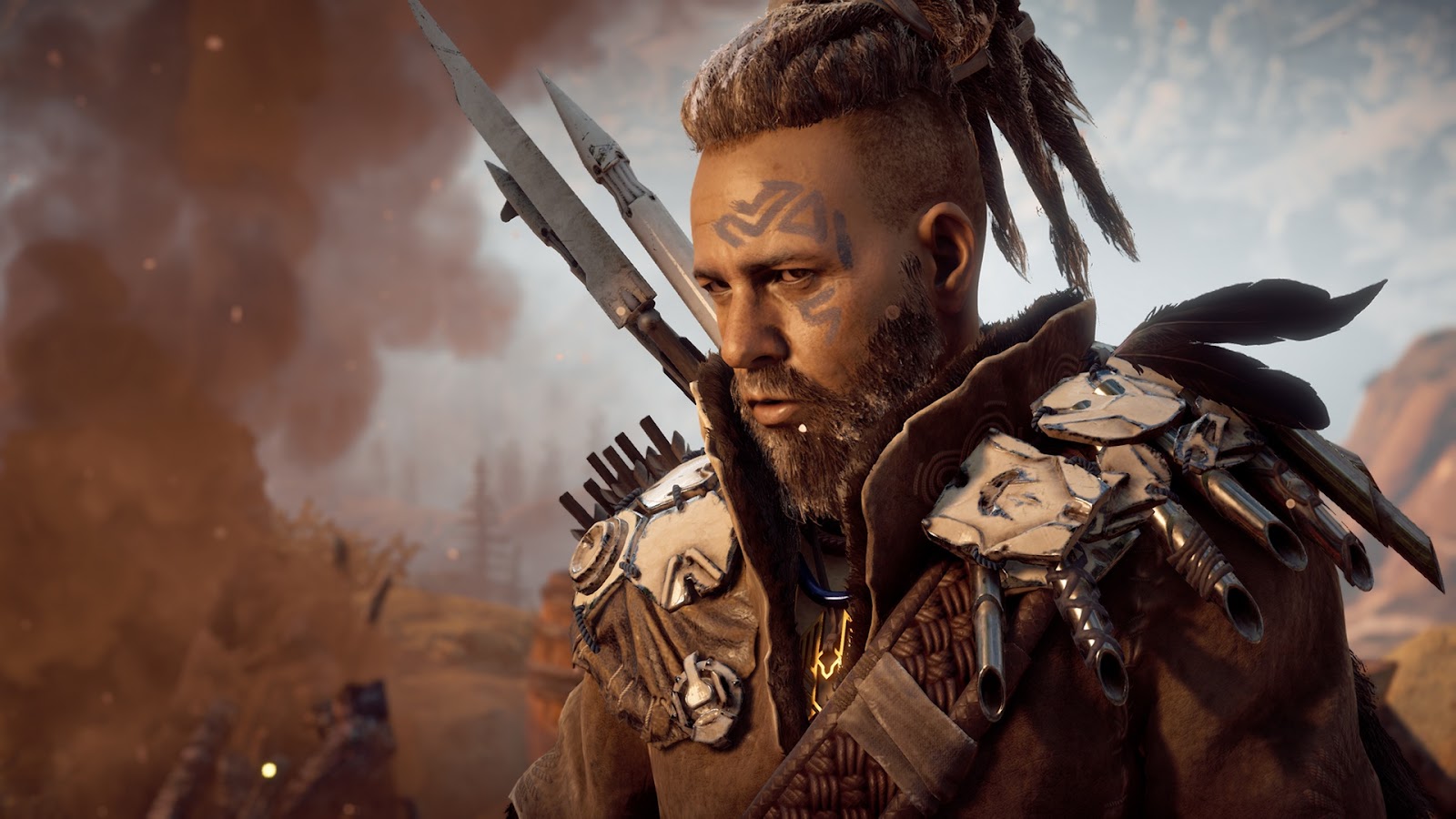
Aside from the gorgeous geography, the power of the Decima engine made interactions between Aloy and the various characters she came across feel genuine, if not real – as if I was talking to actual people. The NPC’s never felt lifeless, save the few bad actors sprinkled throughout the game.
What made these characters more interesting wasn’t just their personalities or even their personal stories, it was the historical influences of ancient cultures. The Nora represent the Native Americans who worship and respect mother earth, or in this case, All Mother. The Carja, under the reign of their 13th king Jiran, orchestrated mass sacrifices to the Sun God (much like the Mayans), leaving his people oppressed and divided until his son, Avad killed him and took his throne with the aide of the Oseram, the medieval Knights of this world; master craftsman of weaponry and arms. This uprising was responsible for the creation of the Shadow Carja and the Eclipse, tribes that dedicated their lives to Jiran’s insidious beliefs and embraced the power of the Ancient Ones to recruit more followers, in hopes of taking back Meridian from Avad. And finally, the Banuk, more akin to Vikings, thrive on their skills as hunters and their ability to decipher scribes of the Ancient Ones.

The highlight of the entire game — and what separates Horizon from every Action-RPG before it — is it’s combat. Aloy is extremely responsive and agile, making any misstep my own fault. There’s no auto lock capability, so I was forced to pay attention to my surroundings on a constant basis. This made every encounter frantic and intense.
Aloy’s arsenal ranges from a plethora of arrows that inflict elemental damage, combat against armor, as well as long range damage for silent kills or to shrink the number of enemies down. Complimenting her bow and quiver is a Slingshot to greatly affect groups of enemies, a Ropecaster to tie down and trip up machines, a Tripcaster (my personal favorite) that lays out trip wires that can look like spider webs, a Rattler that turns arrows into shotgun pellets, and a Tearblaster that rips armor off at close range.
Any good hunter needs to study up on their prey to figure out the best way of taking them down. Every machine has various weaknesses and strengths that require quick reflexes, precision, and careful planning to take them down. Taking down the more simple herds of Watchers, Grazers, Striders, Lancehorn’s, Broadheads, or Scrappers are fun and direct encounters. But taking on the bigger, more powerful machines requires many different approaches. There were plenty of instances throughout the game where my plans didn’t work out so well and I had to think on my feet and unleash everything I could just to take down herds of machines. Taking on Horizon’s more intimidating machines were always nerve wracking and intense, especially fighting Thunderjaw’s or Stormbird’s.
The last time a game completely took over my life was Mass Effect 2. I played that game so extensively that I wanted to get every achievement possible, explore every dialogue option, visit every planet, pursue new relationships with characters, etc. and actively pursuing those was an achievement all it’s own. After a few minutes into Horizon Zero Dawn, I immediately wanted to explore everything it had to offer, take down every machine that stood in my way, kill every bandit that crossed my path, investigate every Cauldron, complete every hunting trial, walk around the beautifully realized and detailed world that Guerilla Games had created and learn about every nuance it had to offer. This game couldn’t have come at a better time; Horizon Zero Dawn is my early contender for Game of the Year.
